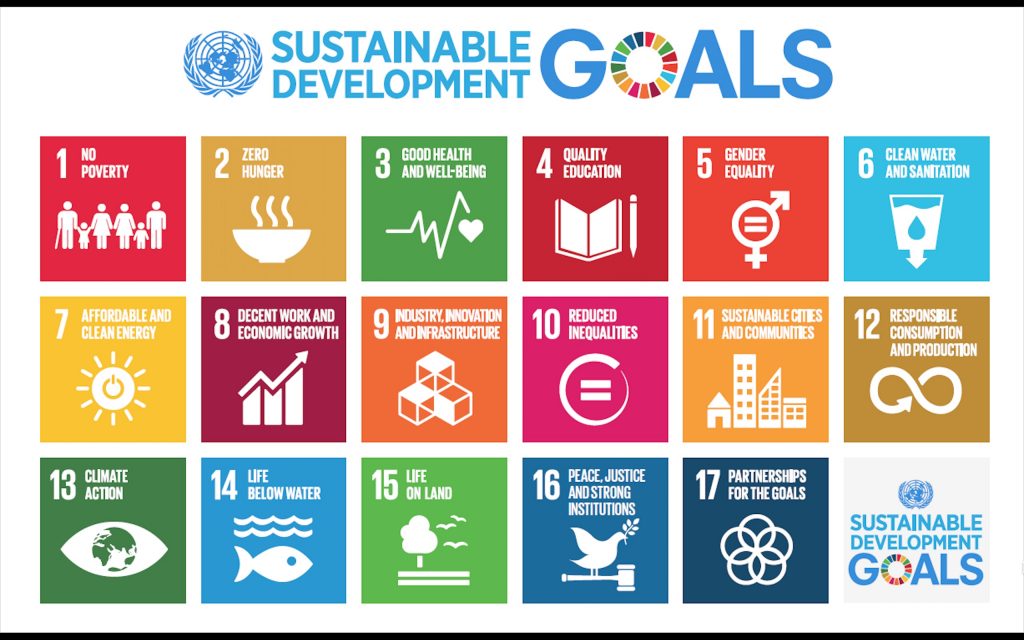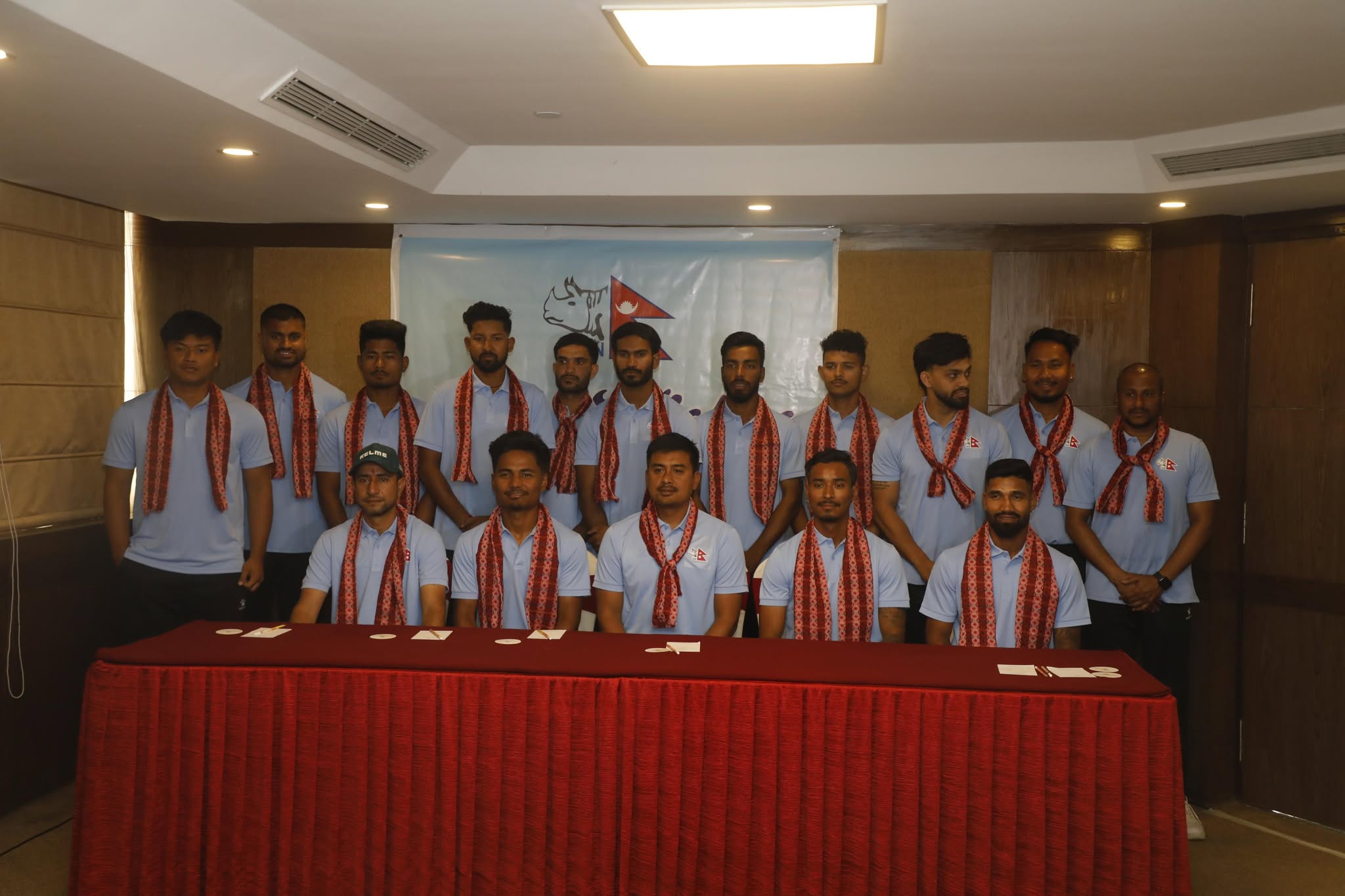
As Nepal strides towards achieving the Sustainable Development Goals (SDGs), the imperative to leave no one behind looms large on the developmental horizon. Embedded within the 2030 Agenda for Sustainable Development, this principle underscores a collective commitment to safeguarding the rights and well-being of all individuals on a healthy planet.
However, with 2030 fast approaching, the promise of the SDGs is increasingly at risk, threatening the hopes and aspirations of current and future generations. To navigate this critical juncture, Nepal must embrace a fundamental shift towards leveraging Digital Public Infrastructure (DPI) and Digital Public Goods (DPG) to propel progress towards the SDGs and the Digital Nepal Framework (DNF).
Digital technologies for sustainable development
UN Secretary-General António Guterres, in his Roadmap for Digital Cooperation, aptly underscores the importance of digital public goods in unlocking the full potential of digital technologies for sustainable development.
In a rapidly evolving technological landscape, inclusive digital transformation is imperative. DPI is the underlying infrastructure that allows DPGs and other software and data to interact. It stands poised to optimise the opportunities presented by digitisation while mitigating potential risks associated with digital technologies.
With its people-centric and interoperable approach, DPI promotes digital building blocks on a societal scale, allowing local digital ecosystem players to innovate and create new services for the benefit of the people. Three components form the core of the digital public infrastructure: digital identity systems, electronic payment systems, and data exchange systems.
Changes brought through DPI

The potential of DPI can bring significant changes in many areas, like healthcare, gender equality and education. For example, the Modular Open Source Identity Platform (MOSIP) helps governments create strong digital ID systems, making sure everyone is included and their privacy is protected. Countries like India, the Philippines, Morocco, Sri Lanka, Uganda, and Ethiopia are using this system to integrate digital IDs or make existing ones better, all while controlling their digital systems.
Similarly, in India, the Ayushman Bharat Digital Mission (ABDM) improves digital health systems through its open-source framework. Also, DPI-based vaccine platforms like DIVOC in India have greatly improved vaccination efforts, especially in rural areas, making healthcare services more accessible. In Denmark, Digital Health Records connect healthcare providers, securely accessing patients’ data, which was crucial during the Covid-19 pandemic for efficient healthcare. Sweden uses blockchain technology to secure land ownership records, reducing fraud and giving citizens clear proof of ownership.
Smart cities like Barcelona use DPI to improve daily life by enhancing energy efficiency, managing traffic, and providing better public services. In education, DPI projects like the Digital Knowledge Sharing Platform (DIKSHA) in India offer educational resources to millions of students, promoting collaborative learning. This system, based on open-source technology, helps both students and teachers with customisable resources and easier teaching methods. Initiatives like Giga by UNICEF and ITU provide open-source connectivity solutions and technical support to governments, helping them achieve universal school connectivity. Their global initiative aims to connect every school in the world to the Internet by 2030.
Moreover, DPI initiatives can also help with gender equality and financial inclusion. India’s Unified Payment Interface (UPI) enables digital transactions, especially benefiting women by reducing financial barriers. Mojaloop, an open-source digital payment system used in countries like Malawi and Rwanda, serves as a core DPI technology, furthering financial inclusion efforts.
Embracing DPI in Nepal
As Nepal navigates the complex terrain of sustainable development, embracing DPI initiatives presents a pathway to prosperity and inclusivity. By actively engaging with the Digital Public Goods Alliance, leveraging the DPI repository and joining the 50-in-50 advocacy campaign, Nepal can tap into a global network of expertise and resources to design, launch and scale components of DPI.
Through collaborative efforts with institutions and governments of other countries, Nepal can recalibrate its course and accelerate progress towards the central promise of the SDGs – leaving no one behind.
In conclusion, the adoption of DPI and DPG initiatives holds immense potential to transform Nepal’s development landscape. By harnessing the power of digital innovation, Nepal can chart a course towards inclusive growth and resilience, ensuring that no one is left behind in the journey towards sustainable development and DNF. As we navigate the challenges of the 21st century, let us seize this opportunity to build a brighter future for all, in line with the central tenets of the SDGs.






















